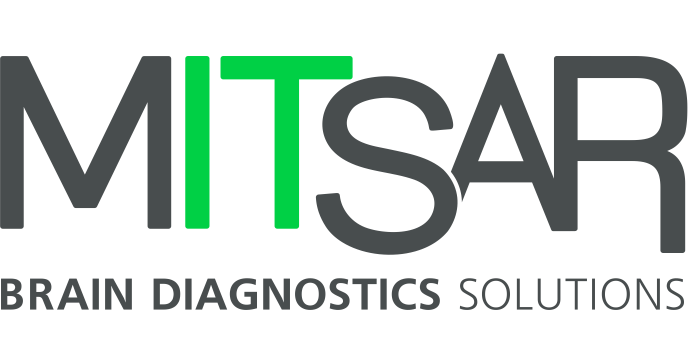WinEEG and HBIdb installation and setup
The HBI reference (normative) database includes multi-channel EEG and ERP recordings of healthy subject from 7 to 89 yo. HBI allows to compare your patient Spectra and ERP results to "norms" and find significant deviations. In HBI a 19-channel EEG is recorded in two resting conditions with eyes open (minimum 3 minutes), eyes closed (minimum 3 minutes), and five different task conditions, including two stimulus GO/NOGO tasks, arithmetic and reading tasks, auditory recognition and auditory oddball tasks. The characteristics of...

